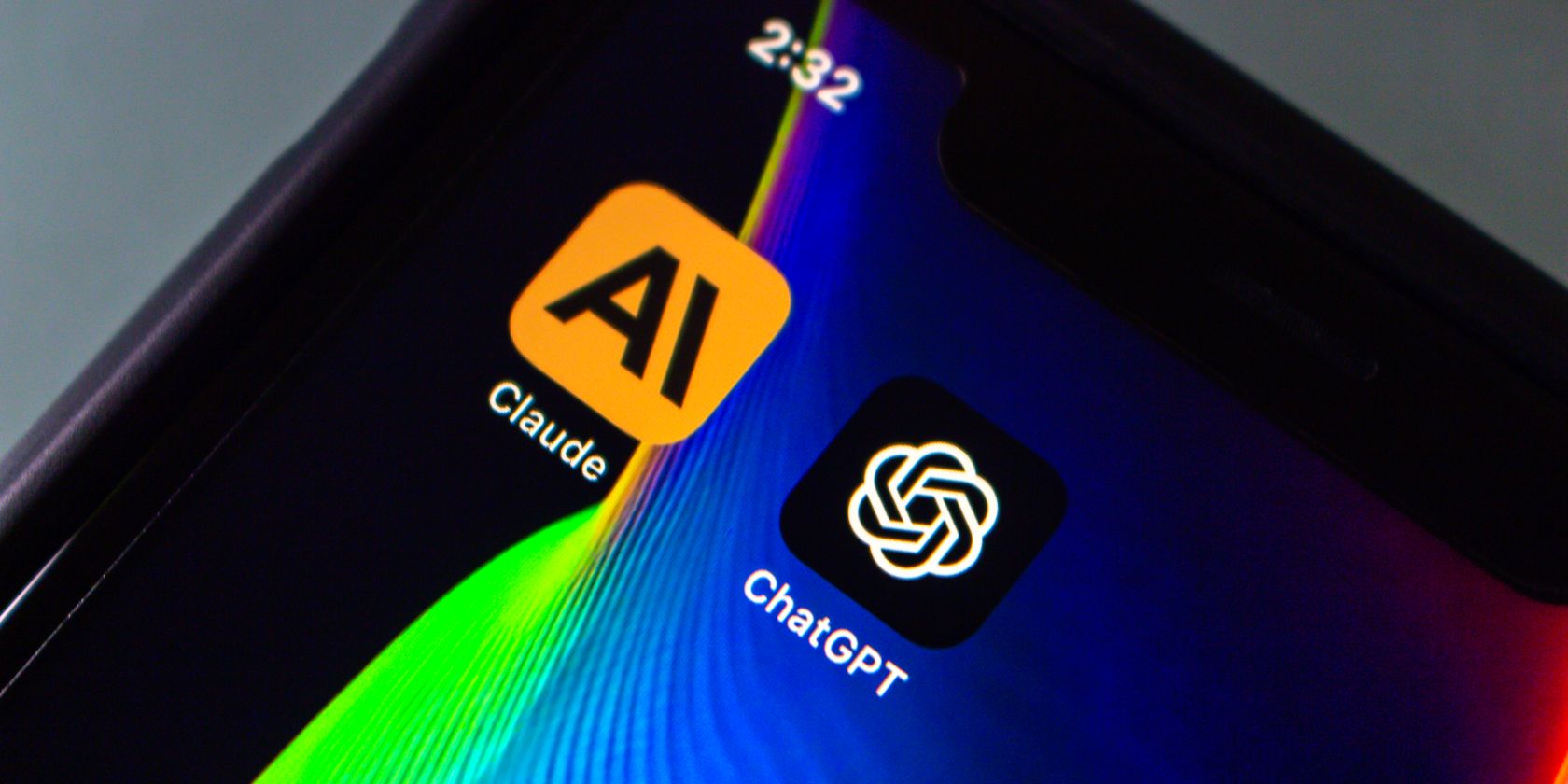ChatGPT vs. Claude: A Detailed Comparison
Conceitos essenciais
ChatGPT and Claude are compared in terms of features, capabilities, and limitations to determine which AI chatbot is more suitable for various tasks.
Resumo
ChatGPT and Claude are two prominent AI chatbots that offer unique features and functionalities. ChatGPT, developed by OpenAI, boasts extensive training data up to September 2021, allowing it to provide a wide range of information and responses to user prompts. On the other hand, Claude, developed by Anthropic, offers advanced code-writing capabilities with its latest version, Claude 2. While ChatGPT excels in conversational responses and diverse plugins integration, Claude stands out with its ability to handle large blocks of code efficiently without geographical restrictions. The comparison between these two AI chatbots reveals their strengths and weaknesses across various tasks such as creative writing, mathematical problem-solving, and language translation.
Claude vs. ChatGPT: Which AI Chatbot Is Best for Everyday Tasks?
Estatísticas
ChatGPT amassed over 1.6 billion visits in June 2023.
GPT-4 has an increased character limit double that of GPT-3.5.
Claude 2 users can input an incredible 100,000 tokens per prompt.
Citações
"ChatGPT offers great features and benefits to its users."
"Claude can be a better fit for those looking to create or refine code using an AI chatbot."
Principais Insights Extraídos De
by Katie Rees às www.makeuseof.com 08-02-2023
https://www.makeuseof.com/claude-vs-chatgpt-which-llm-is-best/
Perguntas Mais Profundas
How might the limitations of geographical availability impact the widespread adoption of AI chatbots like Claude?
The limitations of geographical availability can significantly impact the widespread adoption of AI chatbots like Claude. By restricting access to users in only specific regions, such as the US and UK in Claude's case, a large portion of potential users worldwide are excluded from benefiting from its services. This limitation hinders global reach and limits the user base, ultimately affecting the overall popularity and usage of the AI chatbot. Additionally, it creates an uneven playing field where individuals in non-supported regions may turn to alternative options that are more widely available.
To address this issue and promote wider adoption, expanding geographical availability is crucial. Developers should work towards making their AI chatbots accessible globally by overcoming regulatory hurdles, language barriers, and other challenges associated with international expansion. By increasing accessibility to users across different countries and regions, AI chatbots like Claude can reach a broader audience and maximize their impact on everyday tasks.
How can measures be taken to address the issue of AI hallucination in advanced chatbot systems like ChatGPT?
Addressing the issue of AI hallucination in advanced chatbot systems like ChatGPT requires implementing several key measures:
Continuous Monitoring: Regularly monitoring interactions between users and the chatbot can help identify instances of AI hallucination. By analyzing feedback from users and reviewing responses provided by the system, developers can pinpoint areas where inaccuracies or misinformation occur due to hallucinations.
Training Data Enhancement: Improving training data quality by incorporating diverse sources, up-to-date information, and relevant context can reduce instances of hallucination. Ensuring that data fed into the system is accurate helps minimize errors caused by misinterpretation or extrapolation beyond factual boundaries.
Algorithm Refinement: Fine-tuning algorithms used in advanced chatbot systems is essential for mitigating AI hallucination. Implementing checks for logical consistency within responses generated by the system can help prevent deviations from factual accuracy or coherence.
Human Oversight: Introducing human oversight mechanisms where trained moderators review critical responses before they are delivered to users can act as a safeguard against potential instances of hallucination slipping through undetected.
By combining these measures effectively, developers can enhance reliability and trustworthiness in advanced chatbot systems like ChatGPT while minimizing risks associated with AI hallucination.
How could integration of AI chatbots into everyday tasks revolutionize human-computer interactions?
The integration of AI chatbots into everyday tasks has immense potential to revolutionize human-computer interactions by offering numerous benefits:
Enhanced Efficiency: With quick access to information retrieval capabilities offered by AI chatbots like ChatGPT or Claude 2 during daily activities such as scheduling appointments or researching topics online without switching between multiple applications enhances productivity.
2 .Personalized Assistance: Tailored recommendations based on user preferences gathered over time enable personalized assistance across various domains ranging from shopping suggestions to fitness advice.
3 .24/7 Availability: The round-the-clock availability ensures immediate support whenever needed without being constrained by traditional business hours.
4 .Improved Accessibility: Individuals with disabilities benefit from improved accessibility features integrated into these platforms allowing them greater independence when interacting with technology.
5 .Natural Language Processing (NLP): Advanced NLP capabilities facilitate seamless communication between humans & computers enabling more intuitive exchanges leading towards natural conversations rather than rigid commands enhancing user experience
Overall ,the integrationofAIchat botsintoeverydaytasks holds promisefortransforminghuman-computerinteractionsby streamlining processes,enablingpersonalization,andprovidingsuperioraccessibilityandconvenienceinvariousaspects.ofdaily life
0
